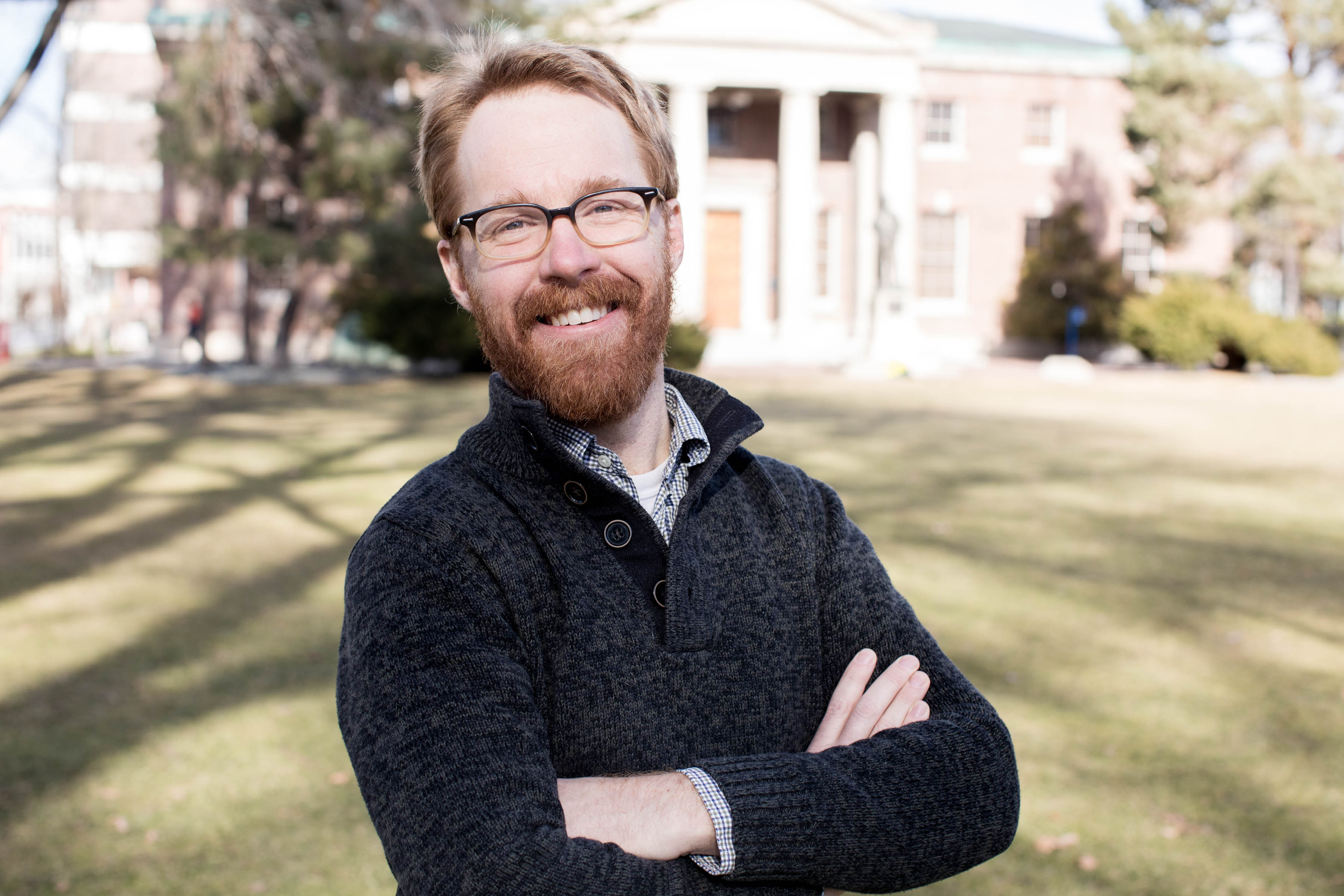Up on Updrafts and ARM Data
Published: 14 May 2020
Neil Lareau, a creator in many ways, investigates how pulses of surface air help make clouds

Neil Lareau―who at different times has been an oil painter, an art gallery attendant, and a mountaintop weather observer―studies how clouds are made.
Now an assistant professor at the University of Nevada, Reno, he is especially interested in the role played by pulses of heat and moisture rising from the Earth’s surface. Such updrafts influence not only how clouds are made, but also how big they get and how likely they are to create precipitation.
Lareau often looks at updraft properties derived from Doppler lidar and at how water vapor is transported through the boundary layer to initiate clouds. His research and a spate of recent papers have used data collected at the Atmospheric Radiation Measurement (ARM) user facility’s Southern Great Plains atmospheric observatory.
“I can’t say enough about how well ARM lubricates the wheels of doing science,” says Lareau. “Their data sets are so well curated and available.”
Read a full scientist profile of Lareau on the Atmospheric System Research (ASR) website.
Keep up with the Atmospheric Observer
Updates on ARM news, events, and opportunities delivered to your inbox
ARM User Profile
ARM welcomes users from all institutions and nations. A free ARM user account is needed to access ARM data.


















